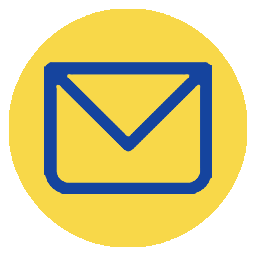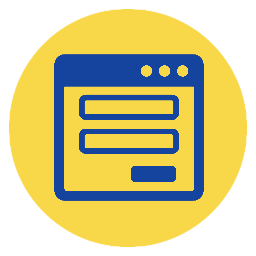Have you ever heard someone mentioning the words ‘instructional packages in education’? Well, what are they, really?
If you work in a school/university that seeks reform for its educational system, employing a set of successful software, technological tools, and teaching materials, and methodologies and strategies, then this article is definitely for you.
The term ‘instructional packages in education’ has evolved over the years: some researchers referred to it as the materials used by teachers to develop students’ self-learning, a strategy of sorts!
This strategy is used now to save time and effort for both the teacher and the learner, taking into account the individual differences between learners.
It also provides self-education opportunity for the student through a set of educational tools, software systems, and curricula available to him at any time and any place.
In order for instructional packages in education to have value and provide the right kind of education for the student, here is a couple of characteristics we’ve found in most good ones: provide instructions, advice, and directions to be used in the best way, set real and tangible goals for the student, measure them, and give clear results on what has been learned through them.
Learn why these packages are still trending until now and so much valuable information them, their types, importance, components, and how to design them.
Table of Contents
Instructional Program Meaning
Instructional packages in education are the best tools for any teacher who seek to achieve real and tangible educational goals, accurately measure them, and know the extent of students’ progress in the educational curricula.
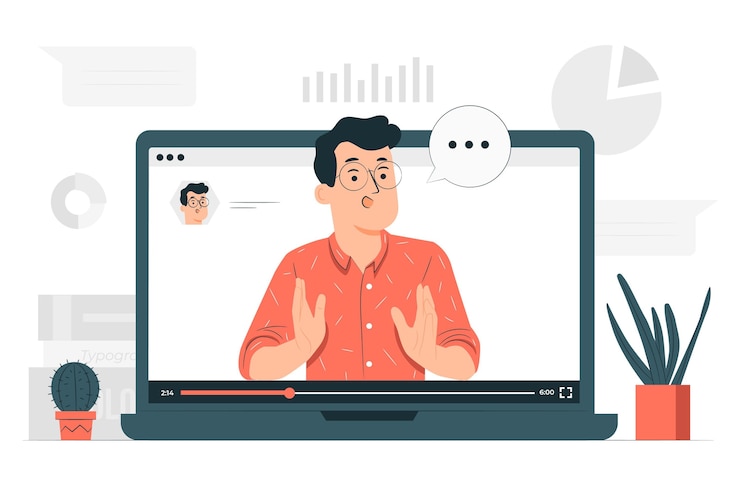
According to the University of Wisconsin–Madison’s official website, they are “the content or information conveyed within a course. These include the lectures, readings, textbooks, multimedia components, and other resources in a course. These materials can be used in both face-to-face and online classrooms; however, some must be modified or redesigned to be effective for the online environment. The best instructional materials are aligned with all other elements in the course, including the learning objectives, assessments, and activities.”
Instructional packages consist of materials, tools, hardware, and software that help the learner to interact with them under the guidance of the teacher and use them anytime and anywhere with ease.
They are also one of the types of self-education methods that provide greater educational opportunities for all who want to learn, taking into account individual differences, saving time, effort, and money.
Why It Matters to Have an Instructional Program in Schools
Because of the many features instructional packages in education hold for the progress of any school educational system. Here are some of the reasons an instructional program matters in schools:
Instructional Packages in Education
– Makes the student able to make decisions and take responsibility better.
– Provides continuous feedback, and this makes the development continuous and real.
– Highlights the individual differences between learners and their different intellectual levels and make them count.
– Effectively develops interaction and participation between the student and the teacher.
– Computerized instructional packages (that can be effectively managed via a third party system, like Skolera learning management system, e.g.,) can be used in different fields and multiple curricula.
– Creates in the student the needed skills of creativity, innovation, and continuous research.
– Gives everyone the opportunity to learn from anywhere and at anytime
– Establishes the concept of continuing education, education for all.
– It makes students more satisfied with themselves and avoids feelings of failure or fear.
What Are the Components of Instructional Programs?
Instructional packages in education consist of a set of important pillars and elements that are arranged in a consistent and harmonious manner and presented to the student smoothly and easily to make the most of them, as well as according to specific criteria and objectives according to the different educational situation and the target group.
The 3 most important components of the instructional packages are:
Guide, teaching activities, and assessment.
1. The Guide in an Instructional Package in Education
It is a small booklet consisting of a limited number of pages, which explains and gives a description of everything related to the instructional packages in education.
The instructional package guide includes:
- Introduction, which describes in general the instructional packages and its main idea and contents.
- The main title of the instructional packages and written in a way that explains the idea and content in a short and attractive manner.
- The target group for which the content of the instructional packages is provided in particular.
- The objectives expected to be reached after each stage.
- The instructions that the teacher and the student must follow, and they contain steps for handling the packages, exam dates, and completion dates for each stage.
- Inventory of the components of the packages used in each stage, such as: photos, books, videos, or audios, etc.)
- Giving an idea and a model for how to accomplish the activities and tests.
- Finally, the index, which is a list of the sources and references that the packages used in its content.
2. Teaching Activities in an Instructional Package
These activities represent feedback on the extent to which the student has benefited from the content of these instructional packages. There are questions, tests, and various activities ranging from easy to difficult.. to achieve the desired goals and measure them more efficiently and give the teacher more accurate data about his students and their levels.
3. Assessments in an Instructional Package
The testing process is the most important process in the functioning of the instructional packages in education.. The Assessment are divided into 3 basic types:
- Pre-evaluation: this test is to measure the students’ readiness to learn the content of the instructional packages.
- Formative assessment: may be short tests throughout the educational process, done on a regular basis, with immediate feedback on students’ progress and performance and the level of understanding and receiving information correctly.
- The final evaluation: a test held after the completion of the study of the content of the educational package and tests whether the student is qualified to move to a new stage or his grade was not sufficient for that, so he re-studies again to improve his level and experience.
The evaluations also include periodic questionnaires and evaluations to express the observations or suggestions that the learner faces during the study.
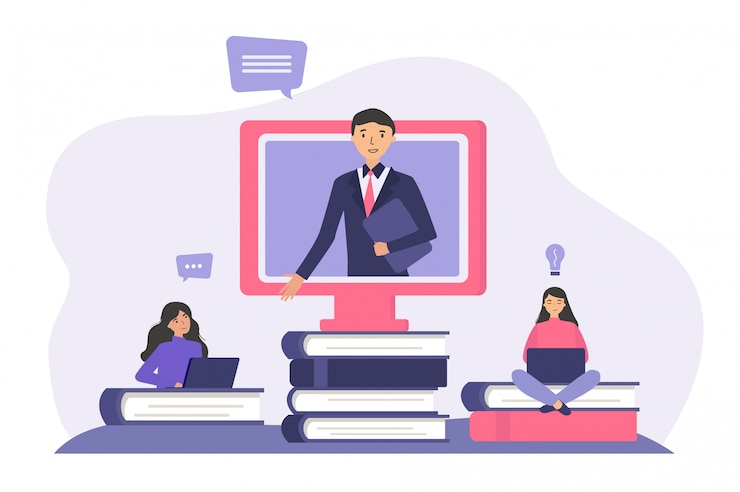
What Are the Types of Instructional Packages in Education?
Computerized instructional packages or programs have many forms and types that suit different learners and researchers, what information and curricula they are looking for. Here are some of the types of instructional packages:
Instructional Packages in Education
- Different instructional packages according to the subject you are dealing with: natural sciences, mathematics, geography, physics, and others.
PraxiLabs simulation delivered it to you!
- Instructional packages used by the teacher or trainer, or used by the student or trainee.
- Different according to size and content, there are instructional packages that may consist of one page that is directions and instructions, or it can be a complete bag that includes all the elements of the package.
- There are packages that are classified according to their simplicity or complexity, based on the learner’s experience and skills.
- Instructional packages that were produced and generated by specialists and professors in educational institutions and bodies, and they may be designed by other companies for different clients.
Instructional Design Packages
When preparing and designing the instructional design models, some important criteria need to be taken into account, such as:
- Set real, measurable goals.
- Link each goal to a specific date.
- Create a clear guide for the learner to show him the progress of the educational process in this package.
- Break the content of the instructional packages into small learning parts.
- Develop different activities to suit all learners and their skills
- The instructional packages should have multiple means of communication, visual, audio and tactile.
9 Steps for Instructional Design Packages
Discover 9 steps for instructional design packages, based on the previous strategies and criteria:
- Define a clear and accurate title, objectives, and target group for these instructional packages .
- Collecting scientific material and topics covered by the packages
- Coordinating the scientific material in a table and drawing a calendar map with a specific period of time for this table.
- Choosing exercises, activities and exercises that fit the content of the instructional packages
- Start writing the scientific material in a way that suits the student and the teacher and simplify it to suit the learner and his skills.
- Develop pre-analytical and final tests, assessments, and questionnaires in accordance with the scientific material and syllabus.
- Evaluation of the instructional packages by specialists, professors and experts to develop and improve it.
- Putting all the files that the student needs, including PowerPoint presentations, pictures, drawings, mind maps, and others.
- Determining all the resources and physical devices that the teacher may need to explain and prepare the instructional packages.
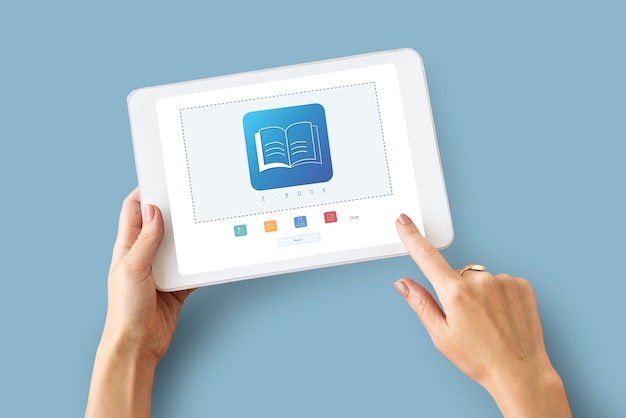
Advantages & Examples of Instructional Programs in Education
Learn the advantages of an computerized instructional package:
- It allows students to easily choose activities and curricula that suit their needs and skills.
- It takes into account the individual differences among learners.
- You can give students great attention, with them, and use all the tools and trainers to help and plan right.
- It works to achieve pre-established goals.
- It contains analytical and final tests that ensure a continuous self-evaluation of the student and show the extent of their progress in the subject they are studying.
- It does not allow any student to move from one level to another until they have mastered and mastered the level they are studying.
- It gives the student the freedom to choose the method of learning, whether in large or small groups or individually.
- It lets you handle the package and use its content anytime and anywhere.
- Immediate feedback through activities, tests, and exercises after each educational paragraph.
Examples of Instructional Packages
computerized instructional packages in Education can be designed according to need. But what are some examples of instructional packages?
- learning packages
- educational administrative packages
- educational self-development packages
- assessment instructional packages
Qorrect system provides you with a different educational assessment method that can be taken as an instructional package in education that the teacher can use at any time and place, to enhance self-learning and reach advanced student assessment more accurately and effectively!
You can now use Qorrect software system in your educational system to develop it and reach the learning objectives your educational institution needs!
 Qorrect Blog
Qorrect Blog



